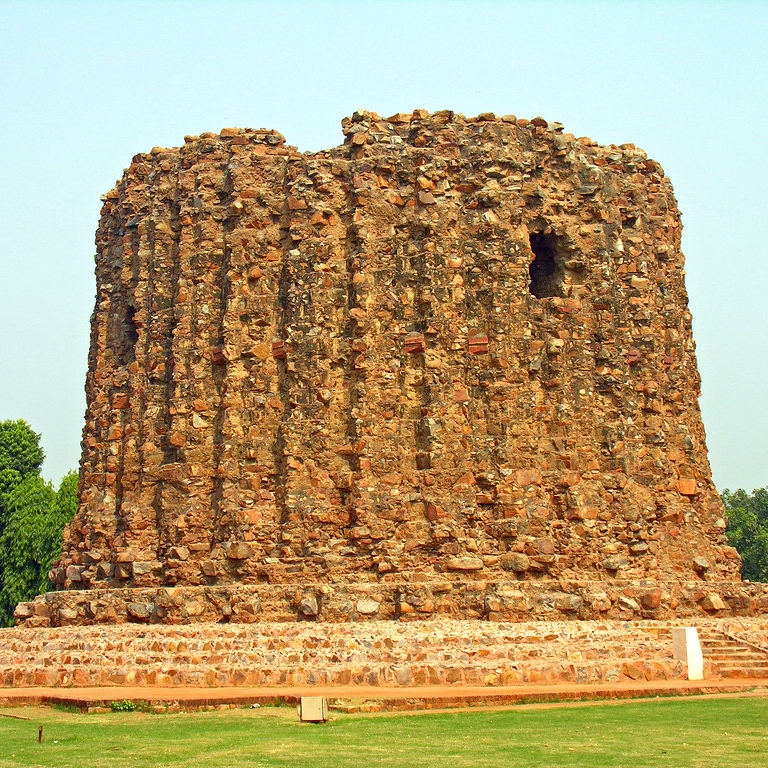Follow Us On:
The Indian slave dynasty lasted from 1206 to 1290. The slave dynasty was the first Muslim dynasty to rule India. It was founded by Sultan Qutbuddin Aibak. It is said that Muhammad Ghori did not have a natural heir to the throne and he the habit of treating his slaves like his own children. Thus after the death of Ghori, one of the most able slaves by the name of Qutub-ud-din Aibak descended the throne. The history of the slave dynasty begins with the rule of Qutub-ud-din Aibak. . Qutb-ud-din Aibak, Shams-ud-din Iltutmush and Ghiyas-ud-din Balban were the three great Sultans of the era. The first ruler of the slave dynasty was Qutub-ud-din Aibak who ruled from 1206 to 1210. He established his capital at two places, first at Lahore and then shifted it to Delhi. It was during his reign that the construction of the famous Qutub Minar was started. . He could rule for a very short time as he died in an accident in 1210. He was succeeded by his son Aram Shah but due to his incompetence, he was defeated in just one year by Iltumish. After Aram Shah, the next able ruler was Iltumish. He ruled from 1211 to 1236. Under his strong governance, the slave dynasty was able to find a strong footing and establish itself as an important kingdom. The army was organized efficiently under Iltumish and he also introduced a coin currency known as Tanka. It was in his reign that the construction of Qutub Minar was completed. After ruling successfully for a period of 25 years, he died, but nominated his daughter Raziya Sultan as the heir to the throne. She was an able ruler, but since she was a woman, she faced stern opposition from nobles who got her murdered. The last effective emperor of the slave dynasty was Ghiyasuddin Balban. He ruled from 1266 to 1286. During his reign, the administration was strengthened and he paid much attention to governance in his empire. The army was trained effectively to use weapons and the production of arms and other war weaponry was at its peak. This is what helped them fight against the Mongols. Balban’s court was one of the finest during the Sultanate period, and it was a platform for poets and artists. Balban was very particular about dignity, he would always appear in his full dress even in front of his private attendants. He removed people from humble backgrounds from important posts as he wished to give his court and administration a more polished look. He may not have extended the empire, or made radical improvements in administration, but he made the important contribution of setting the groundwork for a strong king to take the Sultanate to even higher standards. His death marked the end of the Slave Dynasty for his successor was weak and was soon overthrown by Jalal-ud-din Khilji who founded the next dynasty of the Sultanate period, the Khilji dynasty.He died in 1286 and after him the slave dynasty collapsed.
The most important institution that developed under the Slave Dynasty was the institution of Chalgan or the Forty. Chalgan were a corps of highly placed and powerful officers, whom Iltutmush had organized as his personal supporters. They were like the cabinet for the Sultan. However, during the days of civil war between the successors of Iltutmush, the Chalgan started looking for their personal gains and played one prince against the other. During this era they became very strong. Each one of them started considering himself as the deputy of the Sultan. When Balban assumed charge as Sultan, he murdered some of them while others were banished from the kingdom. There is no doubt that by crushing their power, Balban strengthened his rule, but actually he destroyed the real power of the slave dynasty.

